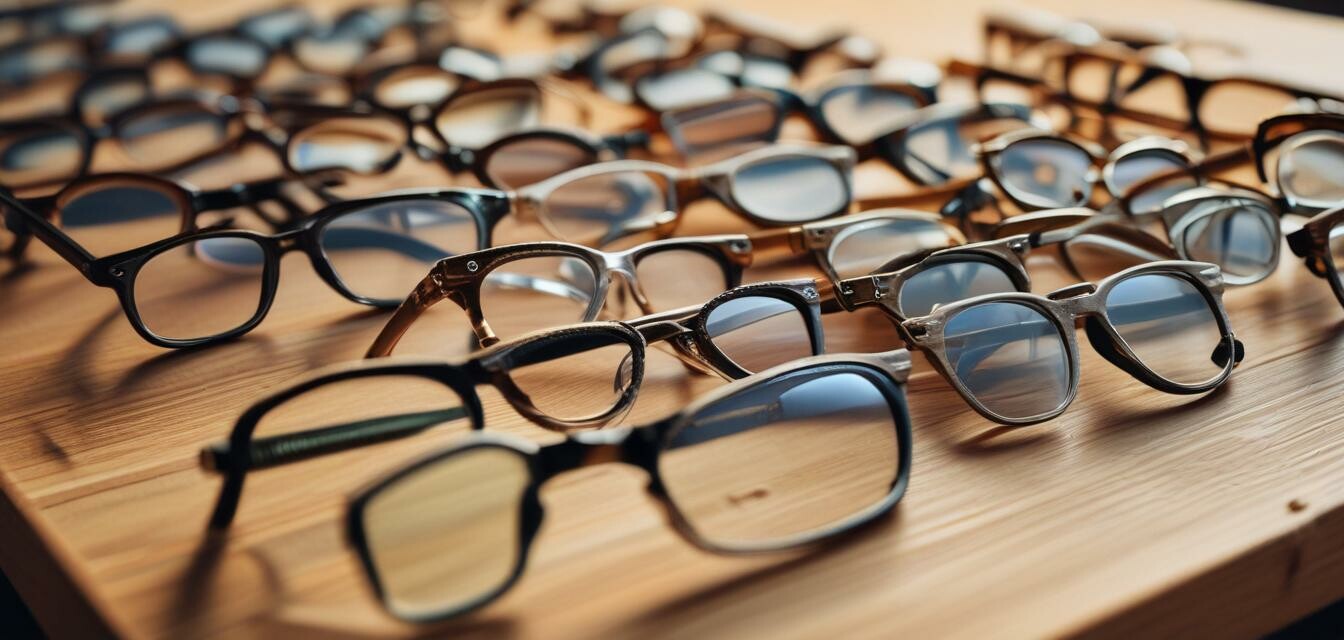
The Rise of Eco-Friendly Frames in Luxury Eyewear
Key Takeaways
- Eco-friendly materials are gaining traction in luxury eyewear.
- Brands are committed to sustainability and reducing their carbon footprint.
- Consumers are increasingly seeking stylish yet environmentally responsible options.
- Innovations in materials are reshaping the designer eyewear landscape.
- Local and small brands are making a significant impact through eco-conscious practices.
The eyewear industry has been experiencing a substantial shift towards sustainability, particularly among high-end brands. As consumers become more eco-conscious, luxury eyewear manufacturers are responding by embracing eco-friendly materials in their designs. This article will explore the rising trend of eco-friendly frames, its implications for consumers, and the potential future of the eyewear market.
Understanding eco-friendly frames
Eco-friendly frames are typically made from sustainable materials that minimize environmental impact. These materials include:
- Bamboo: A fast-growing, renewable resource with a unique aesthetic.
- Recycled plastics: Utilizing post-consumer waste to create stylish frames.
- Biodegradable cellulose acetate: A natural plastic derived from cotton and wood pulp.
Brands leading the way in eco-friendly eyewear
Several brands are at the forefront of the eco-friendly eyewear movement. These companies have committed to sustainable practices while maintaining their status as luxury brands:
| Brand | Material Focus | Highlights |
|---|---|---|
| Brand A | Recycled plastics | Innovative designs that reduce waste. |
| Brand B | Bamboo | Lightweight, stylish, and fully biodegradable options. |
| Brand C | Cellulose acetate | Classic styles reimagined with eco-friendly materials. |
Consumer demand for sustainable luxury
The shift towards eco-friendly eyewear is largely driven by consumer demand. More individuals want to align their purchasing decisions with their values, seeking products that reflect their commitment to sustainability. This trend is particularly prominent among younger generations who prioritize eco-consciousness over brand loyalty.
The impact on luxury branding
Luxury brands are increasingly recognizing that sustainability is not just a fad, but a significant market shift. Embracing eco-friendly materials allows brands to:
- Enhance their brand image by showcasing innovation and responsibility.
- Attract environmentally-conscious consumers.
- Set trends in the eyewear industry that promote sustainability.
Challenges and opportunities in eco-friendly eyewear
While the transition to eco-friendly materials presents opportunities, it also comes with challenges. Brands need to navigate:
- Quality and durability: Ensuring that eco-friendly materials meet the high standards of luxury consumers.
- Cost considerations: Eco-friendly materials can sometimes be more costly to source and produce.
- Education and awareness: Informing consumers about the benefits of choosing sustainable options.
Tips for choosing eco-friendly frames
- Look for certifications or labels that indicate sustainable sourcing.
- Research brands that prioritize transparency in their production processes.
- Consider timeless designs that will last longer, reducing the need for replacements.
Conclusion
The rise of eco-friendly frames in luxury eyewear is poised to redefine the future of designer glasses. As brands continue to innovate with sustainable materials and practices, consumers can expect to find stylish and environmentally responsible options. The journey towards sustainability is just beginning, and it offers both challenges and remarkable opportunities for the eyewear industry.
Pros
- Stylish designs that appeal to eco-conscious consumers.
- Potential for innovation and unique materials in eyewear.
- Supports sustainable practices and reduces environmental impact.
Cons
- Higher production costs may affect pricing.
- Possible quality concerns with new materials.
- Consumer education is needed to fully understand benefits.
Explore more
For more insights into designer glasses frames, check out our other articles:


